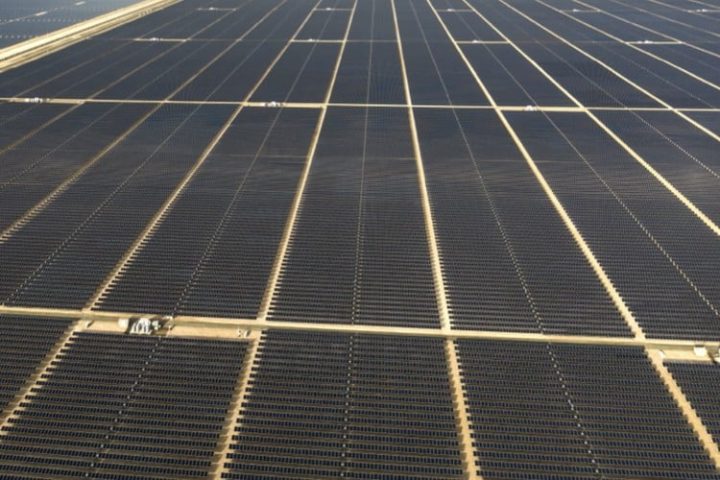
The construction of a solar farm on the island of Guam has led to environmental damage to a popular historic and tourist destination. The Marbo Cave, a popular local destination, is now a disaster area, which is being investigated by the Guam Environmental Protection Agency (EPA) and the island’s Department of Public Works.
Guam is an American territory in the Western Pacific Ocean in the Micronesia area. It is the southernmost of the Mariana Islands. The Marbo Cave is a historic freshwater pool that was used by both Japanese and American forces during World War II. The fresh waters there are typically crystal clear.
But, likely due to neglect by a contractor building a 60-watt photovoltaic solar farm near the village of Mangilao on the island’s eastern shore, the Marbo Cave and its crystal clear water has been spoiled by debris and stormwater run-off from the construction site.
“It’s in bad shape,” noted Nic Lee, a spokesman for the Guam EPA.
The project is owned by the Korea Electric Power Corporation (KEPCO), which was awarded the project in 2018 by the Guam Power Authority. The new solar farm is a critical portion of the utility’s Phase 2 renewable energy projects.
“The environmental monitoring team, which consisted of the program administrator and one of the biologists, did a site inspection of the cave area and observed there was significant amount of sediment that had been deposited into the area,” Lee said.
“The pathway that most folks would normally take to access the cave has been obliterated, and that could be attributed to the influx of storm water that could be associated with the project after the heavy rains we’ve been receiving over the last several days.”
Samsung E&C America, Inc. is the contractor on the project and has received a notice of violation for violating provisions of the Guam Soil Erosion and Sediment Control Regulations.
In addition, the Guam EPA has proposed a civil penalty of $10,000 per day for each day of violation from July 20, 2020 and July 23, 2021 — a period of 368 days which should amount to over $18 million. However, by Guam law the EPA can only impose a maximum civil penalty of $125,000.
But despite the cap placed on damages by Guam law, since the island is an American territory, it’s possible the contractor could face enforcement action from the federal government for violation of the Clean Water Act.
The contractor apparently had plans to build multiple ponding basins that were approved by the government to solve the potential storm water runoff problem. Unfortunately, according to Lee, “Some of them were incomplete or not constructed at all.”
“It is completely irresponsible — it is a disservice to the community, and here’s the ironic part: the project is to look into sustainable energy and you don’t take the time and you don’t honor the spirit of the project when you’re causing damage that could have otherwise been avoided.”
The government on Guam is urging citizens and tourists to stay away from the Marbo Cave because it is unsafe.
“The sheer neglect and willful disregard for responsible development is appalling, and the public can rest assured that the full weight of our environmental oversight will be leveraged upon the responsible party,” said Guam EPA Administrator Walter S. Leon Guerrero.
For now, the problem appears to be confined to storm water runoff and the accompanying debris. But as the New American has reported, solar panels themselves contain several toxic and hazardous materials including cadmium telluride, copper indium selenide, cadmium gallium (di)selenide, copper indium gallium (di)selenide, hexafluoroethane, lead, polyvinyl fluoride and silicon tetrachloride.
Imagine if some of those materials had gotten into Guam’s groundwater supply. Are the contractors and investigators completely certain that none of those materials have polluted the area?
Solar power is supposed to be one of the “renewable” energies that will ultimately get us off of those dirty fossil fuels, which spew emissions into the atmosphere and supposedly lead to global warming. Solar energy is a “clean” energy climate alarmists tell us — with none of those nasty emissions that we’re told are harming the environment.
Incidents such as these remind us that solar power isn’t really the clean energy panacea that climate alarmists claim it is. It’s just another environmental disaster waiting to happen.




